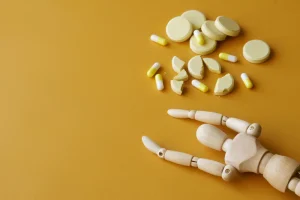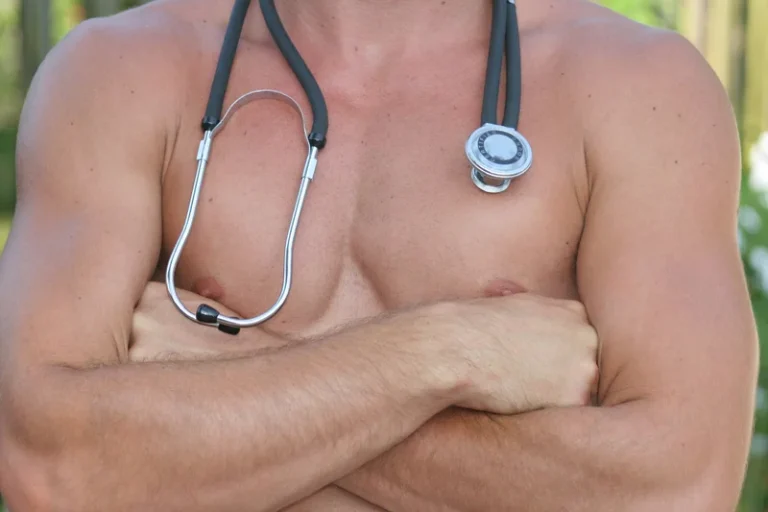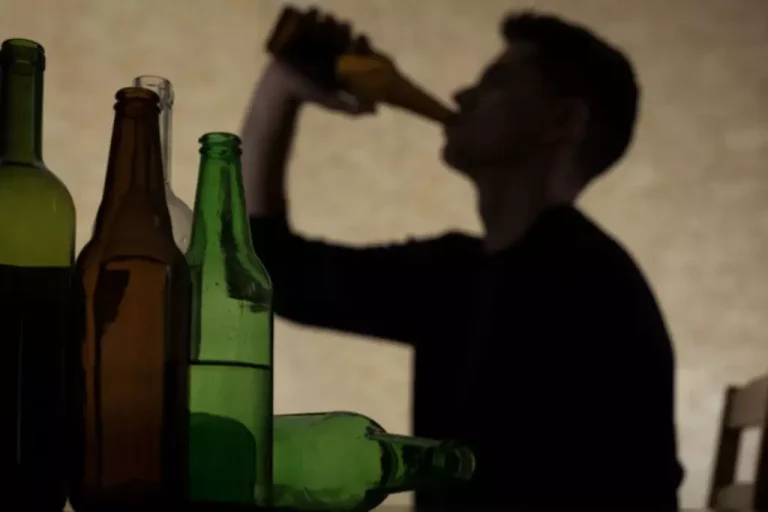
Opioids are another example of this — the availability and volume of prescription opioids make them easier to access. Substances send massive surges of dopamine through your brain, too. Seeking medical care as soon as you https://ecosoberhouse.com/ have signs of substance use disorder is essential. Substance use disorder can significantly impact your health, relationships and overall quality of life. It’s crucial to seek help as soon as you develop signs of SUD.

Opioid painkillers

What looks like addiction could be an experimental phase or a form of stress management. But a real addiction, if left untreated, can develop into a debilitating habit or increased risk of illness. Those who become addicted are usually acutely aware of their own behavioral shifts and especially how they are disappointing others, even as they rationalize away their behavioral anomalies.

When to speak to a doctor
- When drugs are abused, those areas in the brain are altered.
- This can result in intense cravings, withdrawal symptoms, learning and memory problems, and personality changes.
Substances of abuse affect the reward system of the brain, mediated by the neurotransmitter dopamine. The physical changes to the pleasure-experiencing centers of the brain induce physical changes to the prefrontal cortex, weakening the capacity for decision-making and impulse control. When someone misuses drugs or alcohol, they may look and act in uncharacteristic ways.
Preventing drug misuse in children and teenagers
Most drugs affect the brain’s “reward circuit,” causing euphoria as well as flooding it with the chemical messenger dopamine. A properly functioning reward system motivates a person to repeat behaviors needed to thrive, such as eating and spending time with loved ones. Surges of dopamine in the reward circuit cause the reinforcement of pleasurable but unhealthy behaviors like taking drugs, leading signs of drug use people to repeat the behavior again and again. Many people don’t understand why or how other people become addicted to drugs. They may mistakenly think that those who use drugs lack moral principles or willpower and that they could stop their drug use simply by choosing to. In reality, drug addiction is a complex disease, and quitting usually takes more than good intentions or a strong will.

Co-occurring mental health conditions
They produce a sense of euphoria and well-being by flooding the brain with dopamine. If someone has symptoms of an SUD, they can talk with their healthcare professional. Your provider may want to do a physical exam and may request blood and urine tests. These tests give your provider information about your overall health. Substances and certain activities affect your brain, especially the reward center of your brain. There’s not a single cause of addiction — it’s a very complex condition.
These brain adaptations often lead to the person becoming less and less able to derive pleasure from other things they once enjoyed, like food, sex, or social activities. Each person responds differently, and reactions are hard to predict. Many people who are directed to go to the emergency department may not have any physical signs of poisoning.
- Substance use disorder (SUD) is a complex condition that involves a problematic pattern of substance use.
- Scarring may occur through repeated injection at the same spot.
- Together, these brain changes can drive you to seek out and take drugs in ways that are beyond your control.
- Research shows that combining addiction treatment medicines with behavioral therapy ensures the best chance of success for most patients.
- People who need help for a SUD and other mental disorders should see a health care provider for each disorder.
SUD is a health condition that leads to a strong desire to use a substance even though it may have adverse effects on a person’s life. People with SUD may use illegal or legal drugs, including prescription medications. More good news is that drug use and addiction are preventable. Results from NIDA-funded research have shown that prevention programs involving families, schools, communities, and the media are effective for preventing or reducing drug use and addiction.
- Addictive substances and behaviors can create a pleasurable “high” that’s physical and psychological.
- Use of these substances can lead to substance use disorders (SUDs) — but not always.
- Drug use can cause depression or isolation because your loved one doesn’t want anyone to know about their use.
- A strong social support system is important during recovery.
When should I see my healthcare provider?
- People struggling with addiction usually deny they have a problem and hesitate to seek treatment.
- Medications can help modify your brain chemistry to help treat certain SUDs.
- Being Dishonest or Sneaky, Hiding Things, or Needing Increased Privacy.
- This article explains behavioral addiction, how it differs from substance addiction, signs to watch for, and what to do if you or someone you love has a behavioral addiction.
- This class of drugs includes, among others, heroin, morphine, codeine, methadone, fentanyl and oxycodone.
- Adolescents who start using substances early are more likely to develop an SUD.
When taken as directed for a limited time, opioids are not likely to lead to addiction. But taking them for a long time and not following directions raises the risk of misuse and opioid use disorder. Prescription drugs are commonly misused substances by young people. Follow these steps to help prevent your teen from abusing prescription medicines.
